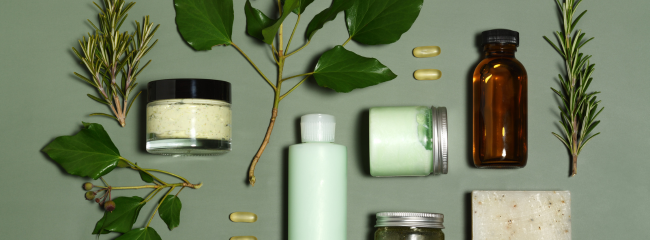FERUARY 18, 2025
Unlocking Potential: Navigating Beauty Trends in Africa's Booming Economies

The West African beauty industry is undergoing a
transformative phase, driven by rising consumer demand, local innovation, and
global interest. With a projected revenue of $21.28 billion in 2025 for the
broader beauty and personal care market in the region, the sector is positioned
for significant growth and global influence.
Key Market Drivers
1. Growing Consumer Demand
The West African cosmetics market reached $798 million in 2023, growing at an annual rate of 6.9%. This growth is fuelled by an expanding middle class, urbanisation, and increasing disposable incomes. Nigeria, as the largest market in the region, generates $1.4 billion annually and is recognised as a hub for both local and international beauty brands.
2. Shift Toward Natural Ingredients
Consumers in West Africa are increasingly favouring products that incorporate natural ingredients such as shea butter and cocoa butter, which are abundant in the region. This preference aligns with cultural values emphasising traditional remedies and holistic wellness.
3. Influence of Social Media and Inclusivity
Social media influencers are reshaping consumer preferences, particularly among younger demographics. Authenticity, inclusivity, and eco-friendliness are becoming critical factors for brand success.
Sectoral Highlights
1.
Haircare
Dominance
Haircare products remain a dominant segment in the West African beauty
market. The popularity of hair extensions, shampoos, conditioners, and
hair colorants reflects a growing trend of experimenting with diverse
hairstyles.
2.
Skincare
Growth
Skincare products, particularly those addressing hyperpigmentation, uneven
skin tone, and anti-aging concerns, are witnessing rising demand. This
trend is driven by increased awareness of skincare benefits and the
availability of targeted solutions from both local and international
brands.
3. Local
Innovation
Homegrown brands are leveraging indigenous resources to create high-quality
products tailored to local needs. These brands are gaining international
recognition while competing effectively with global players like L’Oréal and
Unilever.
Challenges
1. Limited Access to Premium Products
Despite growth, access to premium beauty products remains limited due to affordability issues and distribution challenges.
2. Market Fragmentation
The region's diverse consumer base requires tailored approaches for different markets within West Africa, making it challenging for brands to scale uniformly.
3. Competition from Global Brands
While local brands are thriving, they face intense competition from established international companies that bring advanced technology and marketing expertise to the region.
Future Outlook
The West African beauty industry is poised for sustained
growth through 2025 and beyond. Key strategies for continued success include:
- Expanding
online retail channels to improve accessibility.
- Promoting
sustainability through eco-friendly packaging and sourcing.
- Investing
in research to develop innovative products that cater to local
preferences.
With its rich natural resources and dynamic consumer base, West Africa has the potential to become a global powerhouse in the beauty industry. By fostering innovation and addressing existing challenges, the region can solidify its position as a leader in this rapidly evolving sector.
Source: Perplexity